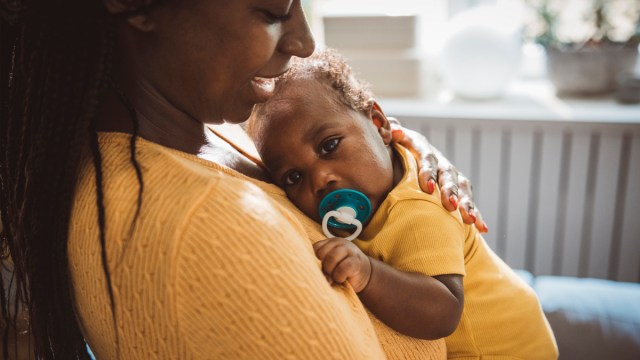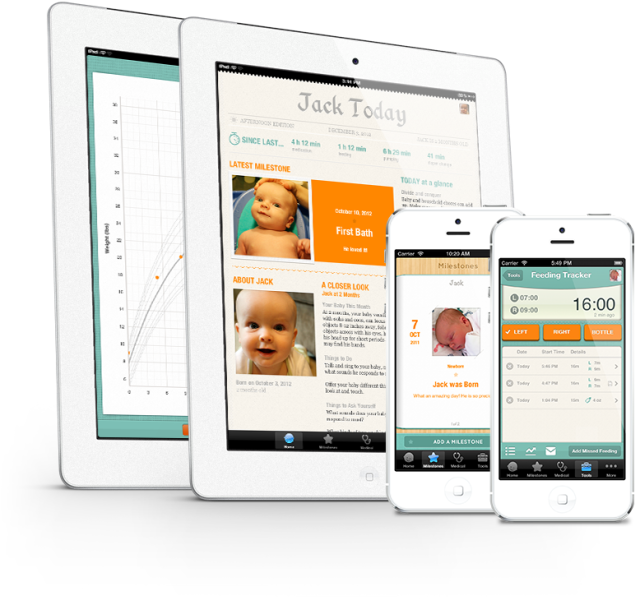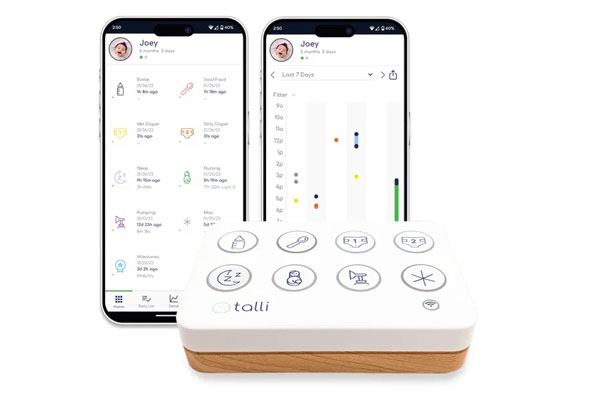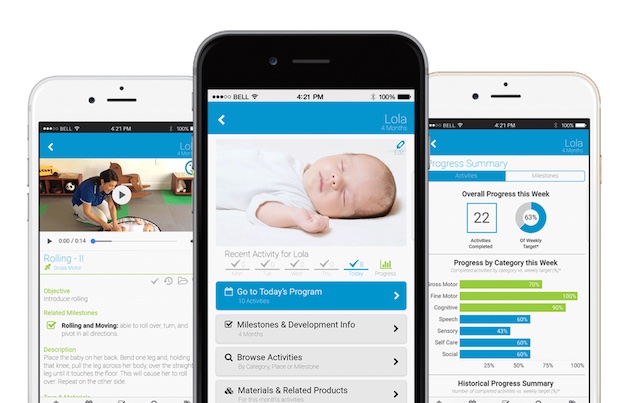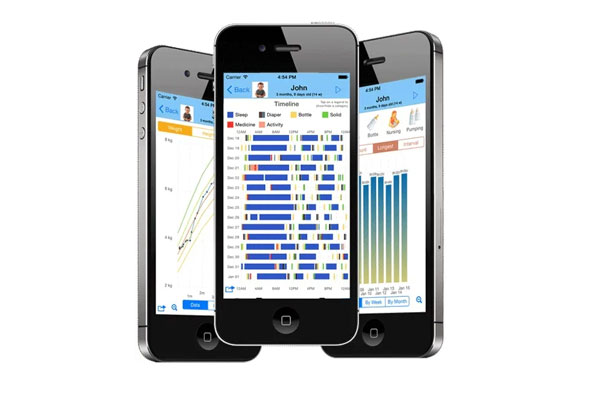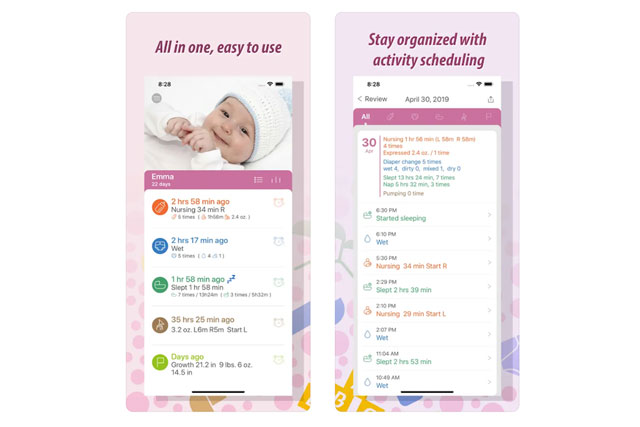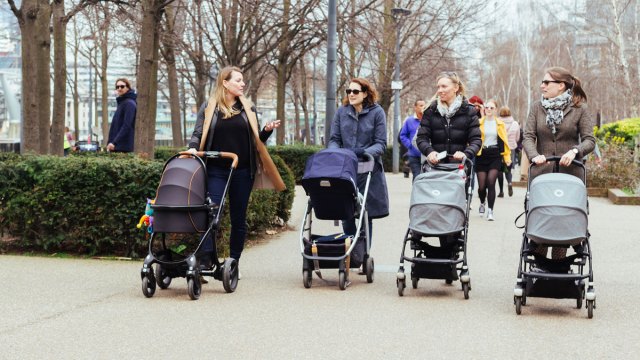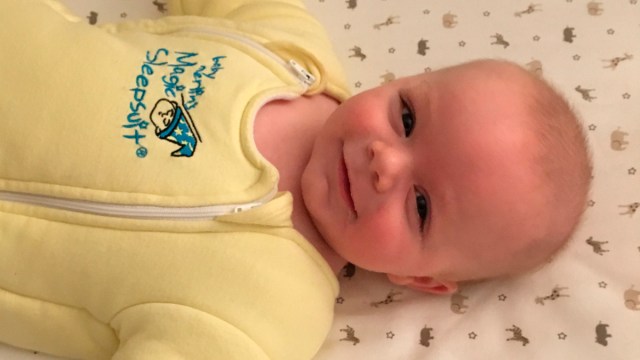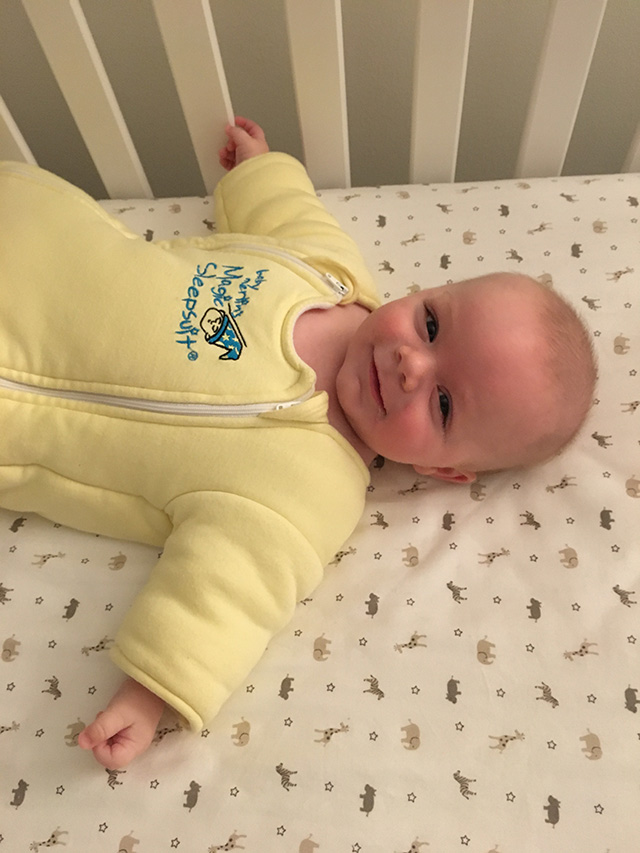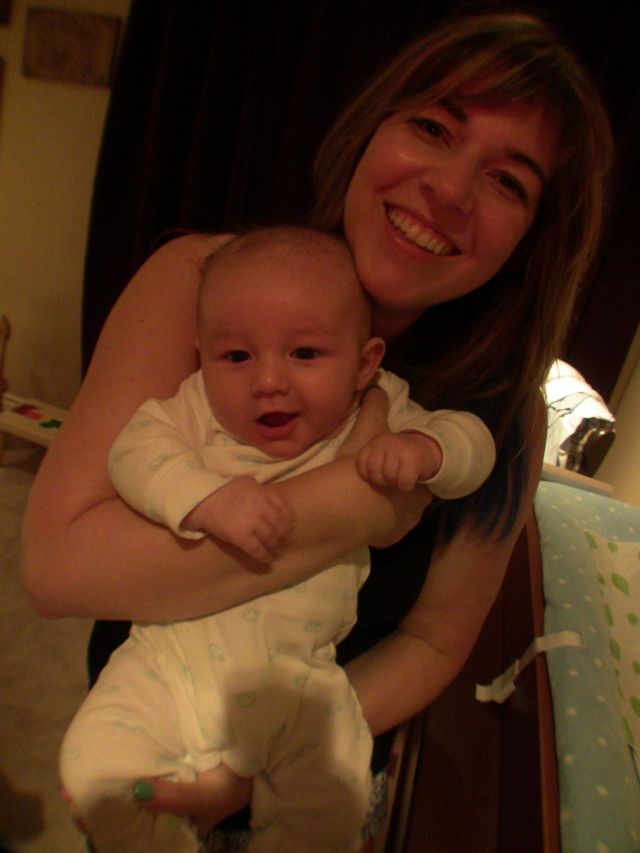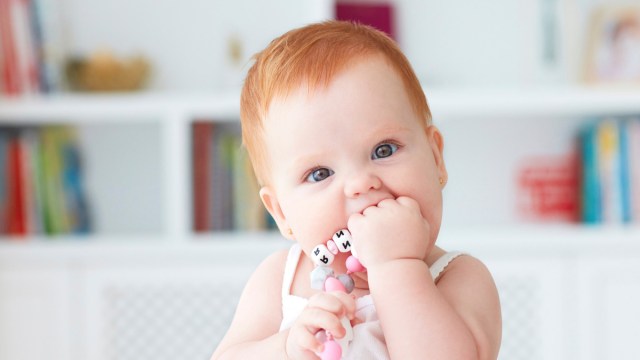Babies don’t come with a manual, but they do come with lots of unsolicited opinions on how to raise them best. Mothers have been passing down their wisdom (and so many old wives’ tales) for generations, and while some of that info is valid a lot of it can be disregarded as outdated baby myths. “There are tons of things you can learn from the generation before,” says Dr. Whitney Casares, author of Doing It All: Stop Over-Functioning and Become the Mom and Person You’re Meant to Be and Gerber pediatric consultant. “The most important thing, however, is to fact-check them with a doctor to make sure it’s up to date with current recommendations.”
Since good advice can be a new parent’s saving grace, we’ve enlisted Casares to help us debunk the less-than-solid suggestions—everything from babies needing to poop daily (false) to the idea that you can spoil an infant (super-duper false). Here are 13 common baby myths that could definitely use a background check.
1. You can spoil a baby with too much affection.
Let’s get this one out of the way first for the folks who need to hear it: You cannot spoil a baby. Think about where babies came from—they’re used to a warm, dark, cozy space. Now they’re out in the world and it’s scary. “Our job as parents is to attend to our baby when they are feeling unsure of themselves in the world,” says Casares. “Babies are learning from their parents about attachment, safety, and security. They need to know that there’s someone to care about them.”
2. Babies need to bathe daily.
Babies never really need a daily bath, but this is especially true in the first days of life. That white, cheesy substance that’s all over your baby’s skin when they’re born is a biofilm called vernix caseosa and it’s there for a reason. “Vernix includes ceramides which are an important barrier for the skin, keeping all that good moisture in and allergens out,” says Casares. “The American Academy of Pediatrics (AAP) recommends that parents can keep that on as long as possible.” After that early stage, daily baths are a personal choice. The most important thing is to pay attention to your baby’s hygiene, comfort, and safety in the bath. There’s also research that speaks to the importance of maintaining their skin’s moisture barrier with regular moisturization after baths—this can actually help prevent allergies.
Related: 10 Totally Typical (but Weird) Things That Babies Do
3. Giving your baby a pacifier can cause nipple confusion.
Not true. Studies have shown that pacifiers do not interfere with breastfeeding, but there are some things to consider. The AAP recommends waiting until breastfeeding is well-established, meaning baby is eating well and gaining weight, but overall it’s a decision that’s best left up to parents. Plus, there are other positives beyond a happy baby; according to the AAP, sucking a pacifier at nap or bedtime can reduce the risk of Sudden Infant Death Syndrome (SIDS).
4. You must burp a baby after every feeding…or else.
There’s something slightly ominous when it comes to burping advice, but rest assured: “Your baby will not explode if they don’t burp,” says Casares. “It’s always good to attempt to burp them after every feed, but nothing major is going to happen.” Some gas could get trapped and they may be a bit more fussy, but it usually works its way out. In fact, a 2014 study that compared burped and non-burped babies found no difference in the incidence of colic between the two groups, though they did find that the burped infants were significantly more likely to spit up.
That being said, if you’re going to give it a good go at any time, Casares says before bed is worth prioritizing because that could allow them to sleep more easily. And, well, sleep is everything for parents.
5. Your baby will doze longer if you put some rice cereal in their milk.
While we’re on the topic of sleep, this one is patently untrue and actually dangerous, though you may have heard it from your mom or mother-in-law. While they mean well, a study back in the ’80s that measured whether babies given rice cereal in their bedtime bottles were more likely to sleep through the night found no significant trend or consistent tendency of either group to sleep better than the other. And what’s worse, the AAP has stated that rice cereal in a bottle (known as RIB) is a choking hazard for babies.
Related: How to Create a Calming Bedtime Routine for Baby
6. Babies should drink water. Or they shouldn’t.
New parents may hear both versions of this baby myth. Here are the facts from the AAP: Babies six months and over who are consuming solids can drink a small amount of water, about 4-8 oz. a day. Babies younger than that or who aren’t consuming solids get all of their hydration from breast milk or formula.
7. Babies need to poop every day.
“It’s OK if your baby doesn’t poop every day as long as they are feeding well…and when the poop does come out that it’s normal consistency, soft, without any little pebbles or blood,” explains Casares. Speak with your pediatrician if anything seems amiss, but otherwise, if your baby is happy, you can put your fecal fears to rest.
8. Babies who hit milestones early are gifted.
Simply untrue… and kind of laughable. As a mother of two, I could leave it at that, but Casares agrees. “No, a baby who hits a certain milestone early does not mean they’re going to be the world’s most important genius.” (Parents, fear not, they’ll always be your little genius.) More importantly, if your baby is not meeting any of the expected developmental milestones, make sure that you discuss it with your pediatrician.
9. Babies prefer to sleep on their bellies.
If grandma tells you that in her day babies slept so much better because they put them down on their tummies, and in your sleep-deprived state you almost relent, listen up: Casares stresses that back is best. “The AAP recommends that all babies be put to sleep on their backs in a safe sleep environment, which means that it’s a firm breathable mattress with nothing else in the crib or the bassinet.” Once a baby can roll themselves from back to tummy things might change, but there’s no need to worry. “Sometimes babies will prefer to sleep on their bellies and if they can roll over, lift their head up, and clear their airway, it’s OK.”
Related: 8 Dos and Don’ts of Baby Sleep
10. All fevers should be medicated.
“One of my professors in my medical training said, ‘Fever is your friend.’ It can be a sign that your body is fighting off an infection,” explains Casares. “I recommend that parents treat a fever with a fever reducer if it is higher than 102 degrees Fahrenheit.” With that said, the younger a baby is, the more concerning a fever is to a pediatrician. Under one month is a medical emergency; under three months you still need to talk to a doctor and seek help right away.
11. You have to introduce solids in a very specific way.
Every single baby is different. What matters most when you’re introducing solids, explains Casares, is that you’re paying attention to your baby’s development and making sure that they’re physically and developmentally ready to start eating food—which means that they can sit up unassisted, that they can actually swallow the food, but also that they have interest. Generally speaking, “you want to feed the rainbow and try a variety of foods,” she says.
Furthermore, while it was once believed that a baby should be older before trying allergens, current guidelines recommend proactively introducing allergens like peanuts and eggs into their diet soon after they start solid foods. “Research is showing that introducing those allergens into your baby’s diet earlier on may help lower the risks of developing food allergies,” says Casares.
12. Newborn babies can’t see much.
From birth, babies can actually pick up on things that are across the room and see objects in their periphery, according to the American Academy of Ophthalmology, but their primary focus is on what’s much closer to them (around 8-10 inches). Over the first month, as their retinas develop and their pupils begin to dilate and take in more light, infants mostly see in black, white, and shades of grey and prefer items that are within a few feet of them, but soon after they start to see color, too.
And yes, little babies go crosseyed a lot and their eyes seem to jerk around without their permission, but that doesn’t mean they can’t see—rather, it’s a symptom of the fact that they don’t have complete control over their eye muscles just yet.
Related: A month-by-month guide to what babies can see
13. You will love and bond with your baby instantly.
This is a gentle reminder to all parents who have struggled with the expectation that they will fall in love instantly: It’s not always the case and that’s OK. Casares stressed that you’re not alone. “It took me a moment to love my first baby even as a pediatrician, especially because she was really fussy when she was born and had colic,” says Casares. “And now I love her until the end of the earth.” If you’re worried about how you feel, however, checking in with loved ones or your doctor is always a healthy choice.
